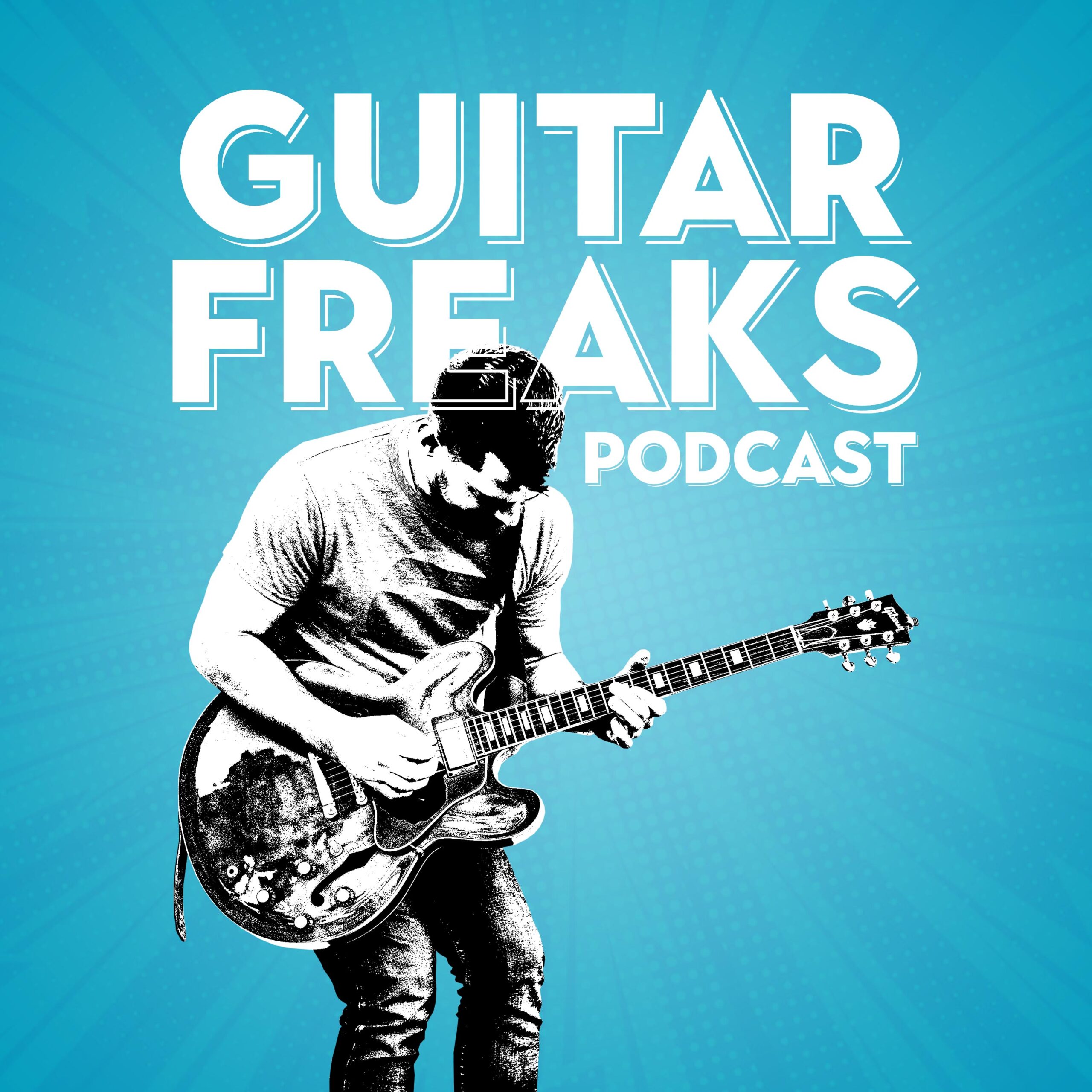Introduction: Why Fretboard Exercises Are Essential
Mastering the guitar fretboard is one of the most rewarding steps in your guitar journey, but it can also feel overwhelming. That’s where fretboard exercises come in—they’re the fastest way to learn notes, scales, and patterns while building confidence.
In this guide, I’ll share 10 fretboard exercises designed to help you master the neck. Plus, you’ll get an inside look at how Fret Logic, my 30-day e-book program, can take your playing to the next level.
1. Learn Natural Notes with Fretboard Exercises
- Why It Matters: Knowing natural notes (A, B, C, D, E, F, G) is the foundation of fretboard fluency.
- How to Practice: Use fretboard exercises to play and name natural notes on the low E and A strings, then move to the other strings.
- Fret Logic Tip: Day 1 of Fret Logic introduces “Guitar Geography,” which helps you memorize note locations using practical drills.

Join Guitar Freaks Hangout on Discord! 🎸
Get Fret Logic FREE!
Join the Guitar Freaks Hangout Discord and get exclusive access to my entire e-book, Fret Logic! Master the fretboard and elevate your solos with this comprehensive guide.
👉 Don’t miss out—join now and download your free copy!
2. Master the CAGED System with Fretboard Patterns
- Why It Matters: The CAGED system simplifies the fretboard by organizing it into five interconnected chord shapes.
- How to Practice: Use fretboard exercises to play CAGED shapes in a single key, transitioning smoothly between them.
- Fret Logic Tip: Day 2 in Fret Logic dives deep into the CAGED system, teaching you how to connect shapes for effortless fretboard navigation.
3. Fretboard Navigation with Octave Exercises
- Why It Matters: Octave patterns are like a roadmap for finding notes across the neck.
- How to Practice: Choose a note (e.g., G) and use octave patterns to find its position on every string.
- Fret Logic Tip: This method is covered in Week 1 of Fret Logic, helping you locate notes quickly in any key.
4. Expand Your Skills with Horizontal Fretboard Exercises
- Why It Matters: Horizontal playing breaks you out of restrictive vertical “box” patterns, making the neck feel more connected.
- How to Practice: Play a major scale along one string (e.g., G major on the high E string), moving up and down the fretboard.
5. Improve Improvisation with Pentatonic Fretboard Drills
- Why It Matters: Pentatonic scales are essential for solos and improvisation, and mastering them builds your confidence.
- How to Practice: Work through all five positions of the minor pentatonic scale, focusing on connecting shapes.
- Pro Tip: Use a backing track to practice applying these scales in a musical context.
6. Play Root Notes Across the Fretboard
- Why It Matters: Root notes anchor scales, chords, and arpeggios, making them critical for fretboard fluency.
- How to Practice: Use fretboard exercises to find all the root notes for a specific note (e.g., C) on every string.
- Fret Logic Tip: This concept is introduced early in the program to help solidify your understanding of fretboard navigation.
7. Target Intervals with Advanced Fretboard Exercises
- Why It Matters: Intervals (e.g., thirds, fifths) are building blocks of melodies and help connect scales to chords.
- How to Practice: Play a major scale while targeting its major thirds (e.g., G and B, A and C#).
8. Combine Scales and Chords for Better Fretboard Awareness
- Why It Matters: Blending chords and scales teaches you how to outline harmony while soloing or composing.
- How to Practice: Over a G-C-D progression, play the G major scale, targeting the root, third, or fifth of each chord.
9. Test Your Skills with Fretboard Improvisation Exercises
- Why It Matters: Improvisation forces you to think creatively and connect shapes and patterns in real time.
- How to Practice: Use a single scale (e.g., G major) and improvise a solo, focusing on staying in one fretboard position.
10. Master Triads with Fretboard Exercises for Rhythm and Lead
- Why It Matters: Triads are small chord shapes that unlock rhythm playing and lead fills across the neck.
- How to Practice: Play triads for G, C, and D on the top three strings, using root, 1st inversion, and 2nd inversion shapes.
Why Fret Logic Is Perfect for Fretboard Exercises
Fret Logic takes these exercises to the next level. The 30-day program includes:
- Daily Drills: Structured lessons that build your skills progressively.
- Practical Challenges: Apply fretboard exercises in improvisation, rhythm, and solos.
- Comprehensive Coverage: From root notes to advanced patterns, it’s all included.
Available only on the Guitar Freaks Hangout on Discord, Fret Logic is your ultimate tool to master the fretboard fast.

Join Guitar Freaks Hangout on Discord! 🎸
Get Fret Logic FREE!
Join the Guitar Freaks Hangout Discord and get exclusive access to my entire e-book, Fret Logic! Master the fretboard and elevate your solos with this comprehensive guide.
👉 Don’t miss out—join now and download your free copy!
Conclusion: Start Mastering the Fretboard Today
Fretboard exercises are the foundation for confident, fluent guitar playing. Whether you’re mapping natural notes, mastering pentatonic shapes, or practicing improvisation, these drills will unlock the fretboard step by step.
Ready to take the next step? Join the Guitar Freaks Hangout to download Fret Logic and begin your 30-day transformation today!
Join the Discord Community Now!
To further enhance your fretboard mastery, you might find our guide on Guitar Notes: A Fretboard Guide particularly helpful. This resource delves into effective strategies for memorizing notes across the fretboard, providing a solid foundation for your guitar journey.










